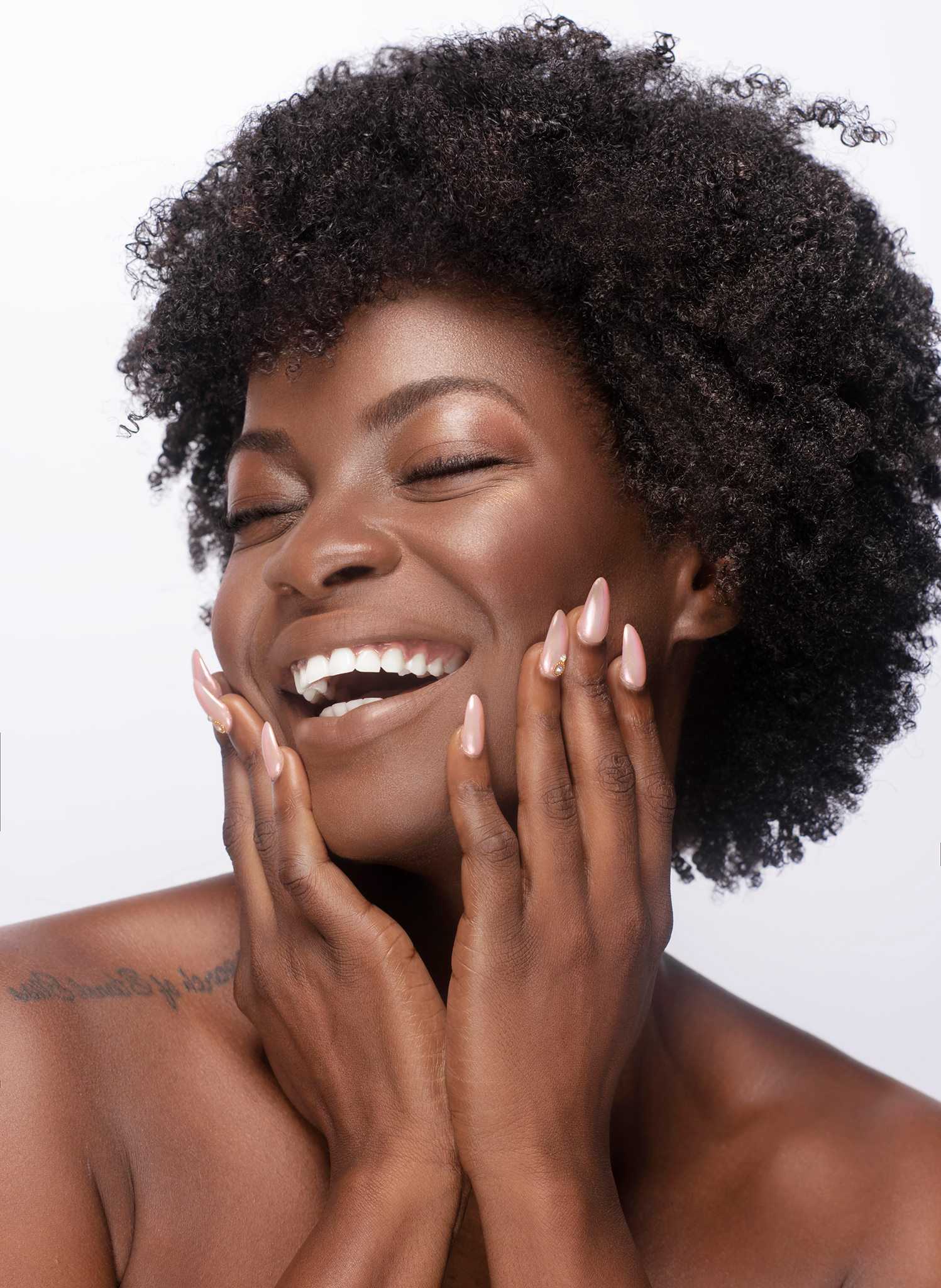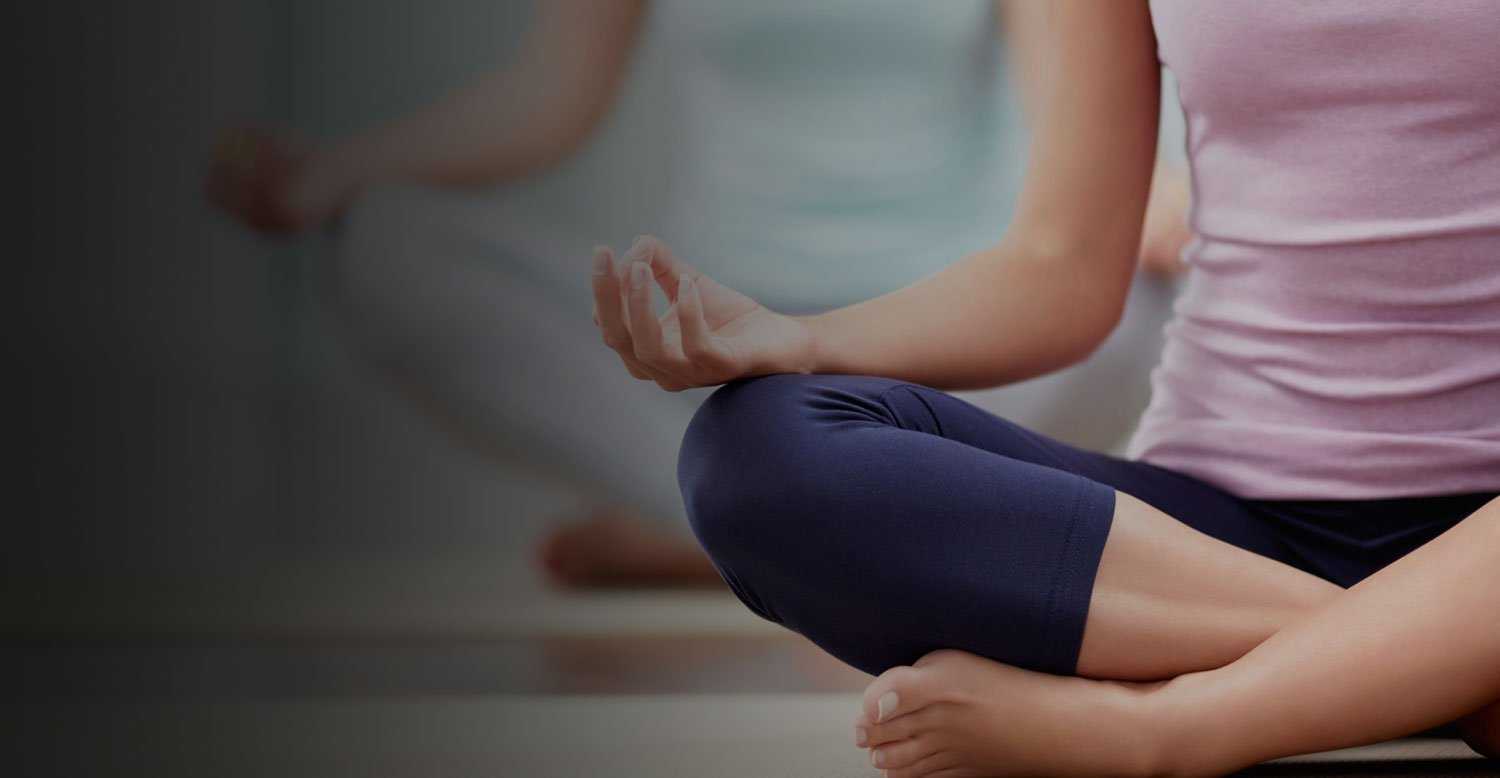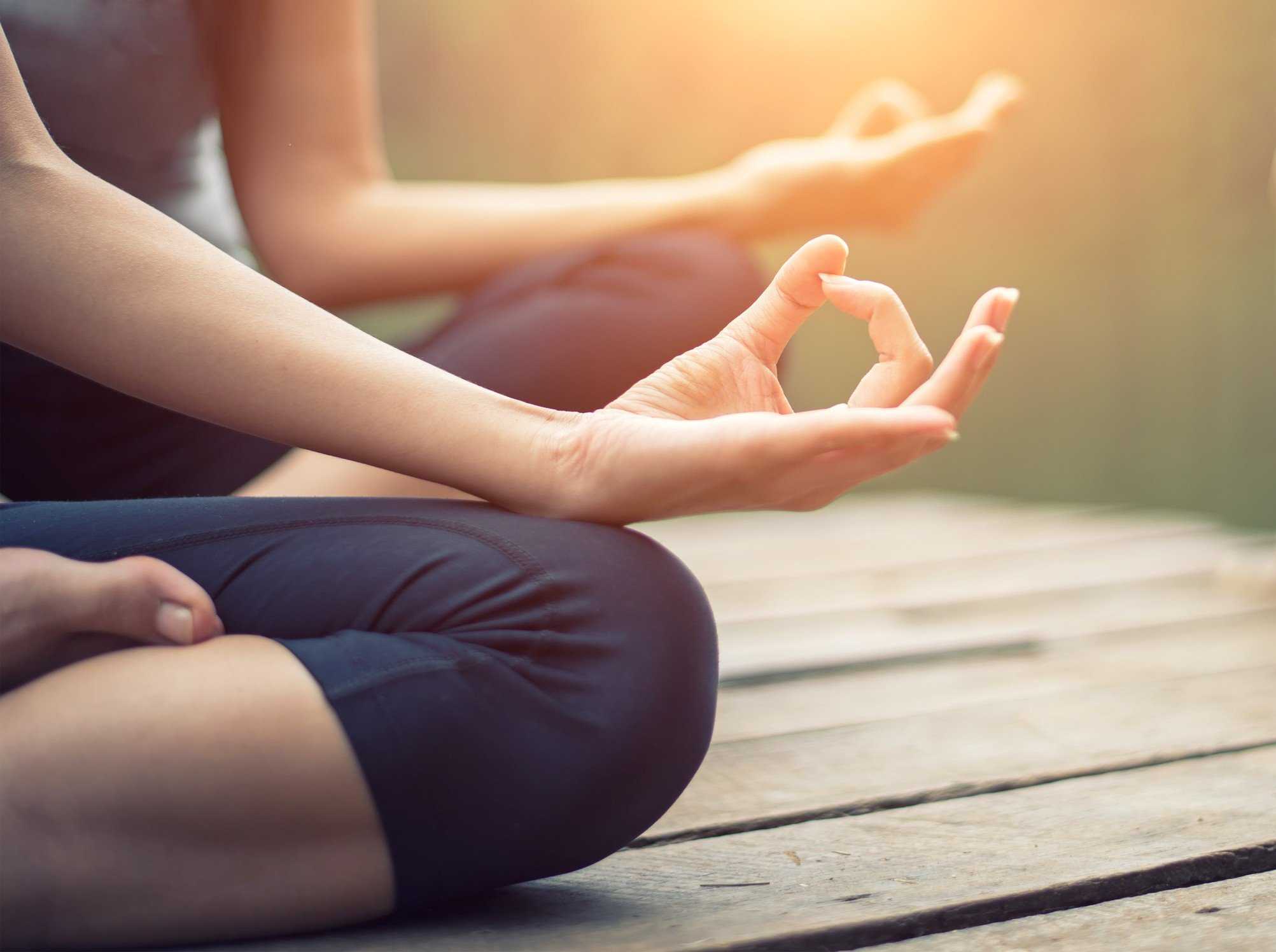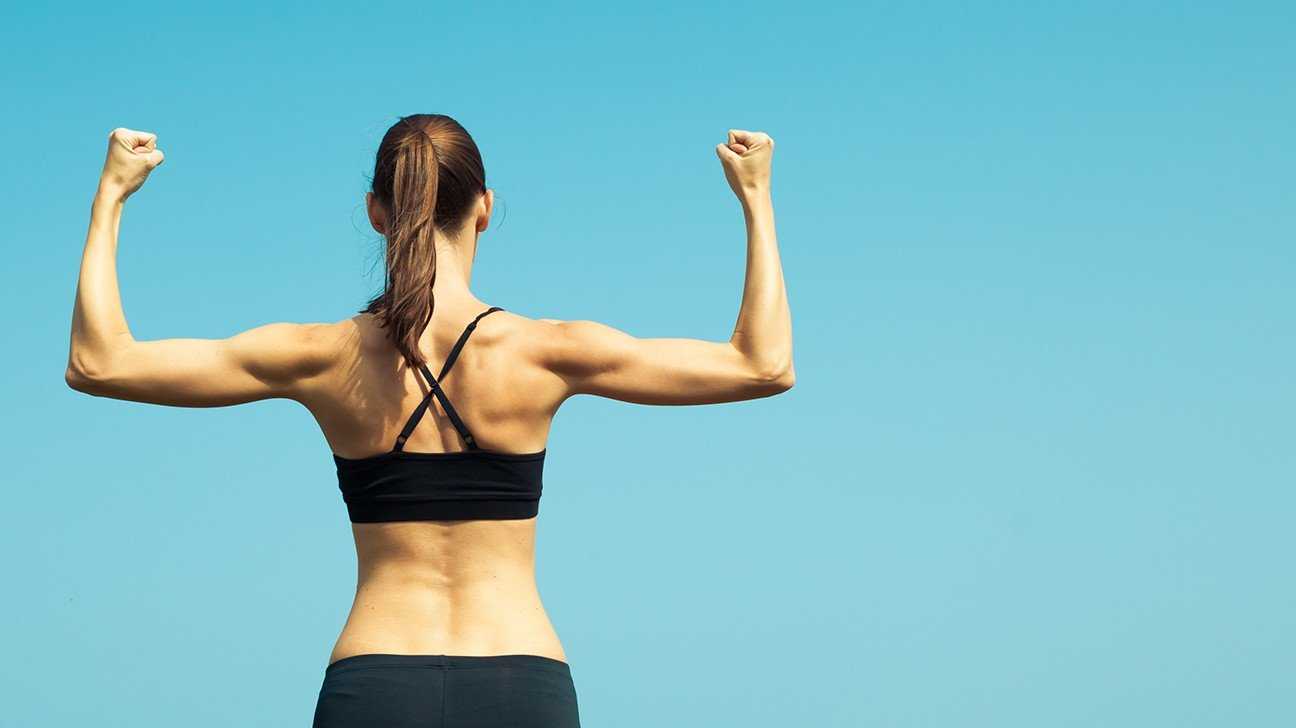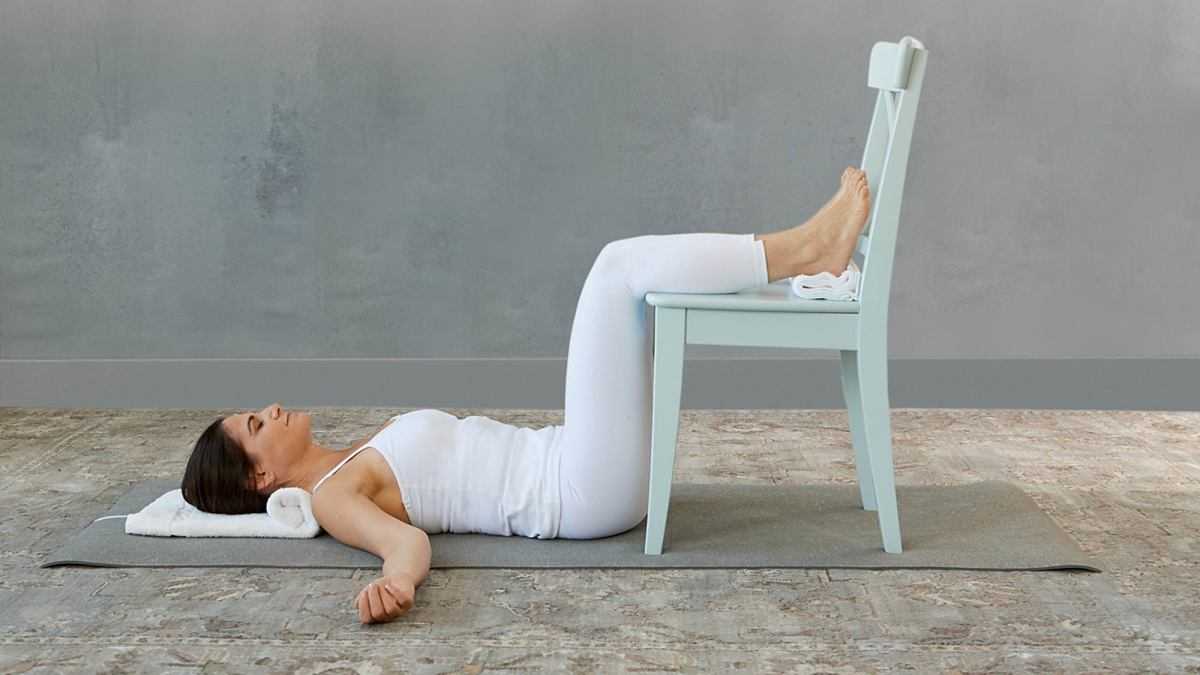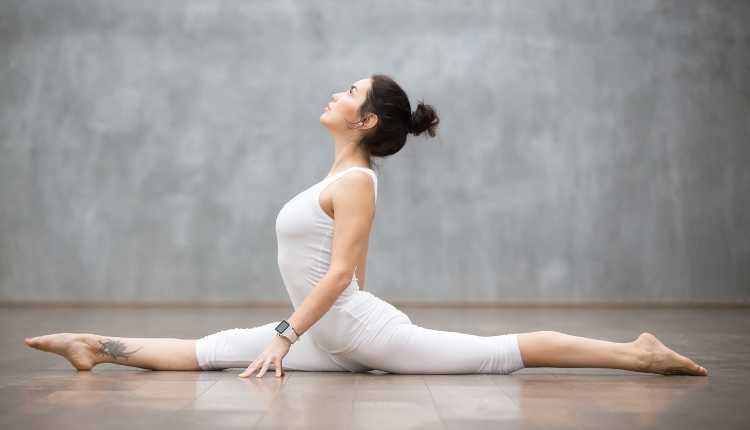BY: TRISHA CURLING
You have this nagging pain in your back, that seems to flare up just a little bit more after sitting for long periods of time. You find yourself having to get up from your desk at work to stretch and move around, just enough to find that wonky position that will help to relieve you from pain, even if it’s for just a moment. There can be a number of reasons that are contributing to it, but let’s have a look at your psoas.
This muscle is a primary hip flexor and is sometimes referred to as your Iliopsoas due to the way in which the Iliacus and psoas major are “joined” together. It’s also the only muscle in the body that connects the spine to the lower limbs.
This muscle can often become tight and weak. A couple of the reasons this may happen is because there is a consistent level of inactivity. If you are sitting for lengthy amounts of time and/or you are not giving your body the opportunity to move in a variety of angles to both strengthen and lengthen this muscle, it can contribute to this tightness and weakness.
You can also consider whether or not significant lordosis of the spine is an issue for you. This tightness and weakness can cause a “pulling” of the spine forward, therefore “tipping” the pelvis forward causing an excessive anterior pelvic tilt that causes compression in the lumbar spine that contributes to your back pain.
Here is a yoga pose that may help to offset the positioning of the pelvis and contribute to the lengthening and strengthening of the psoas.
Crescent Lunge (Anjenyasana)
From a standing position, step one foot back far enough down your mat in order to maintain lots of length in the back leg. Keep a nice bend in the front knee, all while maintaining alignment of the knee straight above the ankle or just behind it. Feet should be on parallel lines (about a hip’s distance apart so that your front hip bones are looking straight forward). Next, float your arms straight up by your ears with your palms facing one another. Keep your shoulders and hands relaxed. Also, begin to lengthen down through your tailbone while pulling your front ribs towards your back ribs. Stay there for a few breaths. This will help you to feel that length in the front of the hip in your back leg.
To increase some of the benefits, you may also vary your positioning in the pose. If you have the right leg forward, you can drop your right hand down beside you and stretch your left arm towards your right shoulder. You can take this one step further by reaching that same left arm diagonally towards the right corner of your mat. Be sure to hold these for a few breaths and repeat on each side.
It doesn’t mean that this will “fix” your pain, but practicing yoga consistently, varying your movements, and paying attention to posture throughout your day will all contribute to putting you on a path that will help to minimize. Consulting with your physician is always #1 on the list but finding yoga postures that feel helpful for YOUR BODY and practicing them consistently will help you to find ease and less pain.


 Community News2 weeks ago
Community News2 weeks ago
 Community News2 weeks ago
Community News2 weeks ago
 Community News2 weeks ago
Community News2 weeks ago
 Community News2 weeks ago
Community News2 weeks ago
 Community News2 weeks ago
Community News2 weeks ago
 Community News1 week ago
Community News1 week ago
 Community News2 weeks ago
Community News2 weeks ago
 Community News2 weeks ago
Community News2 weeks ago


